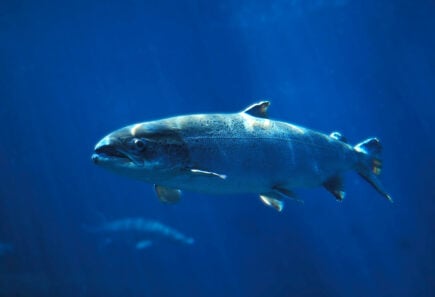
Muscle-like structures from pulse proteins
Learn about Dr. Zata Vickers’s research to develop muscle-like structures from pulse proteins to improve the texture of plant-based meat.

Learn about Dr. Zata Vickers’s research to develop muscle-like structures from pulse proteins to improve the texture of plant-based meat.

Learn about GFI grantee Dr. Mario Martinez’s work at the University of Guelph engineering microstructures for whole-muscle plant-based meat.

Learn about Dr. David Block’s work to perfect growth media for cultivated chicken at University of California, Davis.

Learn about Dr. Ori Bar-Nur’s research to convert bovine and porcine fibroblasts into proliferative myogenic progenitor cells at ETH Zurich.

Learn about Dr. Reza Ovissipour’s research using machine learning to optimize growth media for fish cells at Virginia Tech.

GFI’s research funding database provides curated grant opportunities for open-access alternative protein research.

Explore commercial whitespaces, research gaps, technological needs, and investment priorities at each stage of the alternative protein value chain.

Through the GFI grant program, the Kaplan lab is developing myosatellite lines for cultivated Atlantic salmon at Tufts University
Elevating the visibility and credibility of the field at scientific conferences will expand the technical talent pipeline and amplify collaboration and funding efforts.
Interdisciplinary research is essential for tackling many of the complex problems facing today’s world. Though the number of research projects advancing alternative protein science has increased in recent years, this research has been conducted in a largely disjointed fashion with few centralized hubs for coordination. The field would benefit from dedicated interdisciplinary research centers to drive the science and technology needed to address our unsustainable food and agriculture system. University centers of excellence are essential to rallying researchers and industry partners to tackle complex questions facing the alternative protein field today.